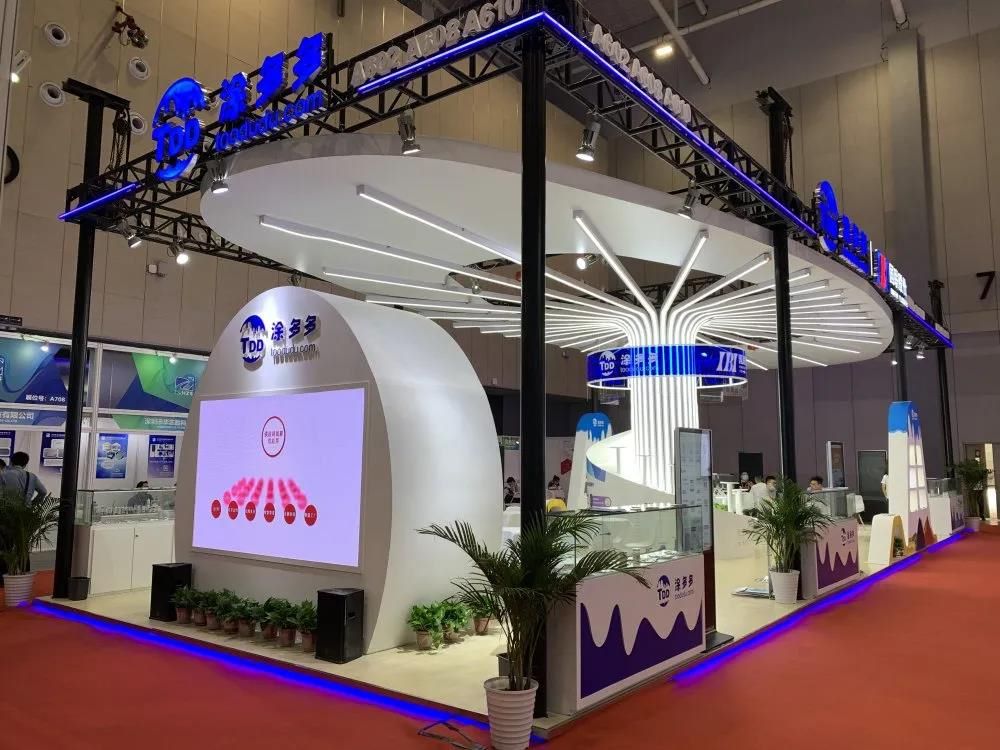Want to make your tires last longer? Try these six tire-preserving tips!
Generally speaking, a normal economic tire can provide a driving life of at least 30,000-40,000 kilometers. If it is a performance tire, it can provide a driving life of at least 20,000 kilometers. However, if the tire is not used properly, the life of the tire may be greatly shortened. How to protect the tire in use and extend its life? The following are the 6 ancestral "tire" secrets that tire shops must understand.

Secret 1: Regularly measure tire pressure
This method is the simplest, and many people know it but rarely implement it. Air pressure plays a very important role in the use of tires. It is not only responsible for absorbing road vibrations, but also an important contributor to maintaining tire rigidity. Too high tire pressure will reduce the contact area between the tire and the road, and the central pattern of the tire will be severely worn, affecting the service life.
Compared with too high tire pressure, too low tire pressure is more harmful. Insufficient tire pressure will not only cause excessive wear on both sides of the tire, but also increase the chance of direct impact on the road due to the lack of tire pressure protection on the outer edge of the aluminum rim, which may cause deformation and rupture of the aluminum rim.
Tip 2: Regularly adjust the tires to make the four wheels wear evenly
Regularly adjust the front and rear tires. The main reason why the front and rear tires need to be swapped is that the tires responsible for providing driving force usually wear faster than the tires that do not provide driving force. For example, the front wheels of front-wheel drive vehicles will wear faster than the rear wheels, and the rear wheels of rear-wheel drive vehicles will wear faster than the front wheels. For four-wheel drive vehicles, it depends on the torque distribution of the front and rear wheels. Because of this, if the front and rear wheels are adjusted without driving for a period of time, the four tires cannot be worn out at the same time. At that time, two new tires may be replaced on the driving wheels first. Not only can the tire replacement cycle not be effectively managed, but the two old tires that have not been used up will also age and harden due to the extended use time, and the grip of the four wheels will be uneven, which is not conducive to vehicle control.
As for the method of adjusting the tires, it is done every 10,000 kilometers. In addition to swapping the front and rear tires, it is best to replace the aluminum wheels for left and right wheel adjustment, so as to reduce the occurrence of excessive consumption of one side. However, the tire business also reminds everyone that if the difference in the depth of the inner and outer treads exceeds 1mm, there is no need to swap the left and right, because once replaced, it will only cause the steering wheel to pull.
Tip 3: Correct four-wheel alignment to reduce tire wear
The use environment of four-wheel alignment is not only for modified cars, but also for general original cars. Only through the correct chassis alignment process can you have a stable vehicle dynamic response and obtain safe high-speed driving performance. Incorrect positioning settings, in addition to affecting the tire wear speed, are also likely to put people and cars in an unstable driving environment. The impact is even higher than other auto parts. It is a very important and basic chassis maintenance item.
Incorrect four-wheel alignment angles usually cause fuel consumption and abnormal wear of chassis parts. Although most vehicles will perform four-wheel alignment when replacing new tires, the alignment angle will run away due to potholes, bouncing, or increased wear and tear of chassis parts. Therefore, it is recommended to perform four-wheel alignment every 20,000 kilometers.
Tip 4: Correct tire rim specifications to ensure correct tire wall stress
Some original tires are usually unable to provide large tire rims due to cost considerations, so many car owners often meet their needs through subsequent upgrades. Some car owners even deliberately use wide aluminum rims with narrow tires to create an exaggerated visual effect. However, abnormal tire rim specifications will shorten the life of the tire.
Tip 5: Install a tire pressure detector to allow the instrument to assist in monitoring
Blowout is one of the main killers threatening driving safety. To reduce the chance of blowout, ensuring normal tire pressure is the simplest and most important task, but most people do not check tire pressure every day. In fact, as long as a tire pressure detector is installed, the tire pressure can be mastered at any time.
At present, the types of tire pressure monitoring systems can be mainly divided into "indirect" and "direct". The tire pressure detectors sold on the market all belong to the latter, that is, the transmitter (tire pressure detector) is directly locked on the valve (external type), or replaced with the original valve and installed inside the tire (inside the tire). Either type is better than not installing it.
Tip 6: Don't use tire oil indiscriminately, be careful to cause tire quality deterioration
Tires, like the human body, need to be cleaned and maintained regularly, especially the sidewalls. If they are not cleaned for a long time, the surface will be attached with earthy yellow sand, which looks really unsightly. Therefore, many people are used to using cleaning products or tire oil after washing the car to keep the sidewalls black and shiny. However, you should know that the wrong way to clean tires can sometimes shorten the life of tires.









